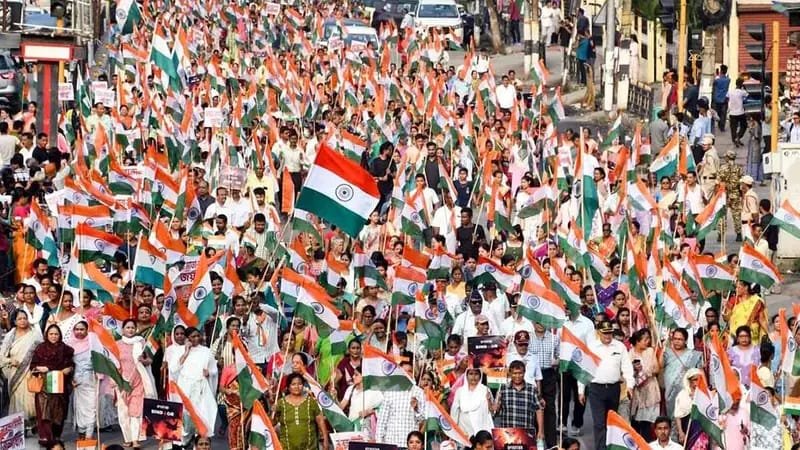New UN Report Highlights Shifting Demographics and the “Real Fertility Crisis” in India
India’s population is set to reach 1.46 billion in 2025, solidifying its position as the world’s most populous country. However, a significant demographic shift is underway: the nation’s total fertility rate has fallen below the replacement level, according to the latest UN demographic report.
The UNFPA’s 2025 “State of World Population (SOWP) Report,” titled “The Real Fertility Crisis,” challenges traditional anxieties about underpopulation or overpopulation. Instead, it emphasizes that the true crisis lies in unmet reproductive goals. India’s Fertility Rate Falls Below Replacement Level, Millions of individuals are unable to achieve their desired family size, pointing to a critical need for greater reproductive agency. This means empowering people with the freedom and informed choices regarding sex, contraception, and starting a family.
Key Demographic Changes in India
The report reveals several pivotal changes shaping India’s demographic landscape:
* Declining Fertility Rate: India’s total fertility rate has dropped to 1.9 births per woman, significantly below the replacement level of 2.1. This indicates that, without migration, the population may not be self-sustaining in the long term.
* Youthful Population: Despite the slowing birth rate, India maintains a substantial youth demographic:
* 24% aged 0-14 years
* 17% aged 10-19 years
* 26% aged 10-24 years
* Working-Age Advantage: A remarkable 68% of India’s population is of working age (15-64). This presents a potential demographic dividend, contingent on adequate employment opportunities and supportive government policies.
* Aging Population: The elderly population (65 and older) currently stands at 7%, a figure projected to increase as life expectancy improves.
* Increased Life Expectancy: As of 2025, life expectancy at birth in India is projected to be 71 years for men and 74 years for women.
Historical Context and Future Projections
In 1960, when India’s population was around 436 million, the average Indian woman had nearly six children. This was a time when women had fewer choices regarding their bodies and lives, with limited access to contraception and primary education.
Fast forward to today, significant progress has been made. Improved educational attainment, enhanced access to reproductive healthcare, and greater female empowerment have led to the average Indian woman having approximately two children. While considerable advancements have occurred, the UN report stresses that women still have a long way to go to fully realize their reproductive autonomy.
UNFPA India Representative, Andrea M Wojnar, highlights India’s “significant progress in lowering fertility rates,” attributing it to “improved education and access to reproductive healthcare.” This progress has led to major reductions in maternal mortality, saving millions of mothers’ lives. However, deep inequalities persist across various social and economic groups.
“The real demographic dividend comes when everyone has the freedom and means to make informed reproductive choices,” Wojnar states. “India has a unique opportunity to show how reproductive rights and economic prosperity can advance together.”
India’s population is estimated to reach about 1.7 billion before it begins to decline around 40 years from now. The nation is currently categorized among middle-income countries experiencing rapid demographic change, with its population doubling time now estimated at 79 years.
India’s journey through a remarkable demographic transition is evident in the latest UN findings. From a rapidly expanding populace with high birth rates just decades ago, the nation now stands at a pivotal point where individual reproductive choices and equitable access to healthcare are paramount. As the UNFPA report rightly emphasizes, the true measure of demographic success lies not in numbers alone, but in empowering every individual to make free and informed decisions about their reproductive lives. This crucial shift underscores a future where human agency drives demographic outcomes. In conclusion, India’s Fertility Rate Falls Below Replacement Level, marking a significant milestone in its evolving demographic story and highlighting the global imperative to support reproductive rights and well-being.

